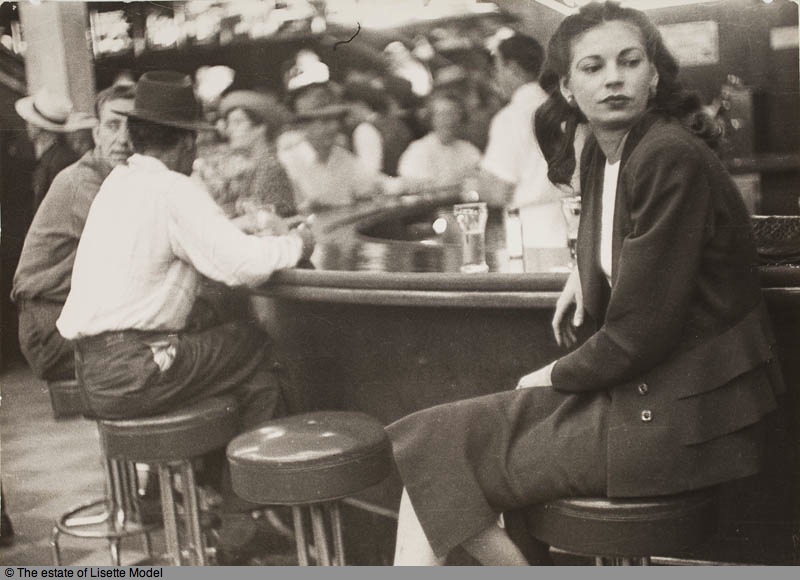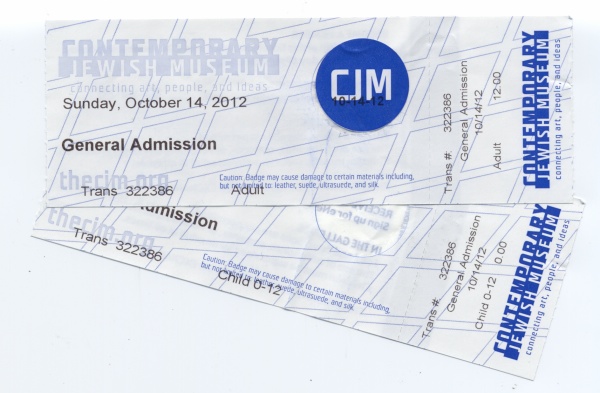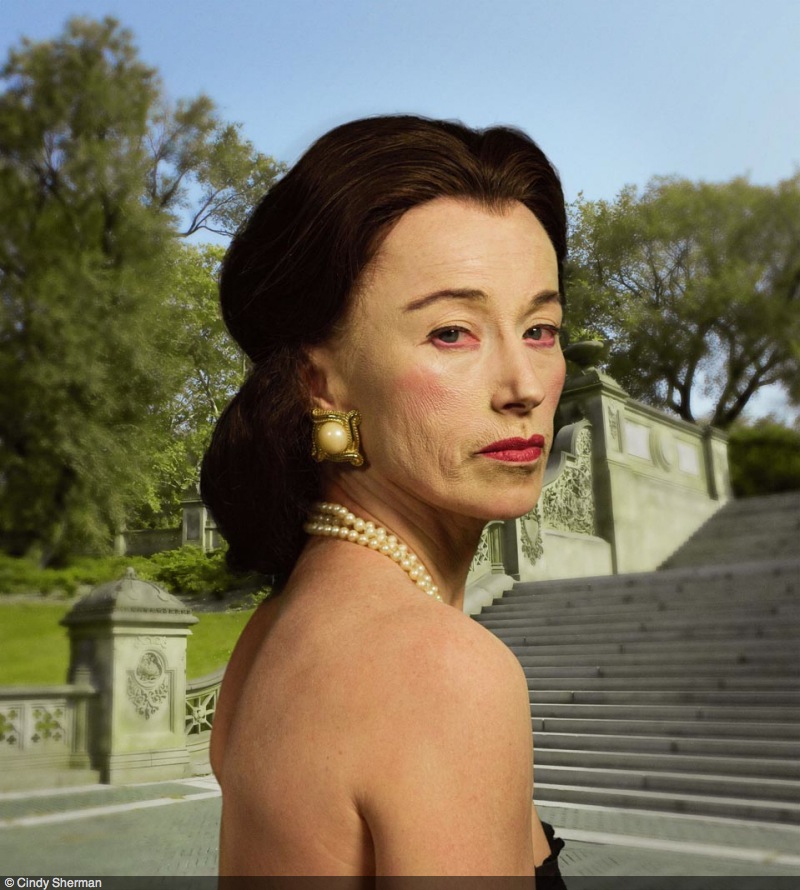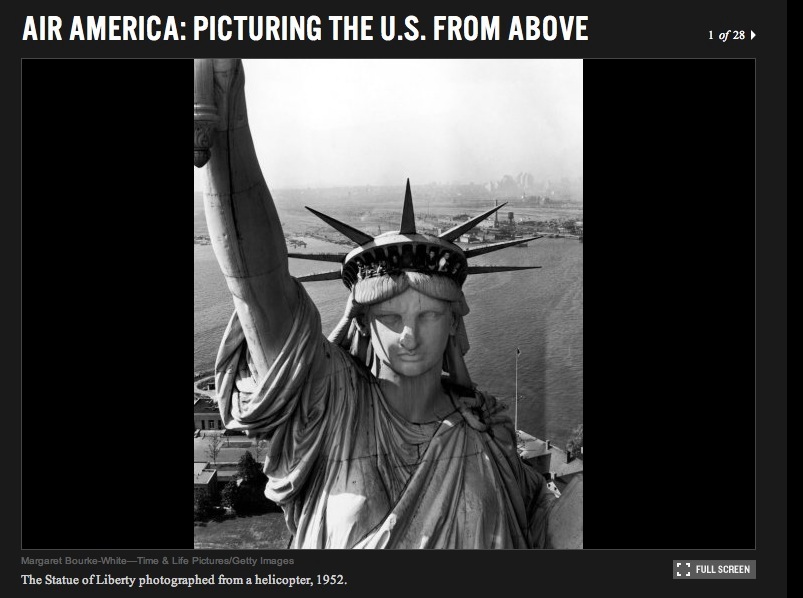What would you take?
The author Foster Huntington has a web site requesting submissions. From his site:
“If your house was burning, what would you bring with you?
It’s a philosophical conflict between what’s practical, valuable and sentimental. You’re forced to prioritize and boil down a life of accrued possessions into what you can carry out with you. What you would bring reflects your interests, background and priorities. People’s stage in life also dictates their selection. A father of five in his forties would grab very different things than he would have as a bachelor in his twenties. Think of it as a full interview condensed into one question.”
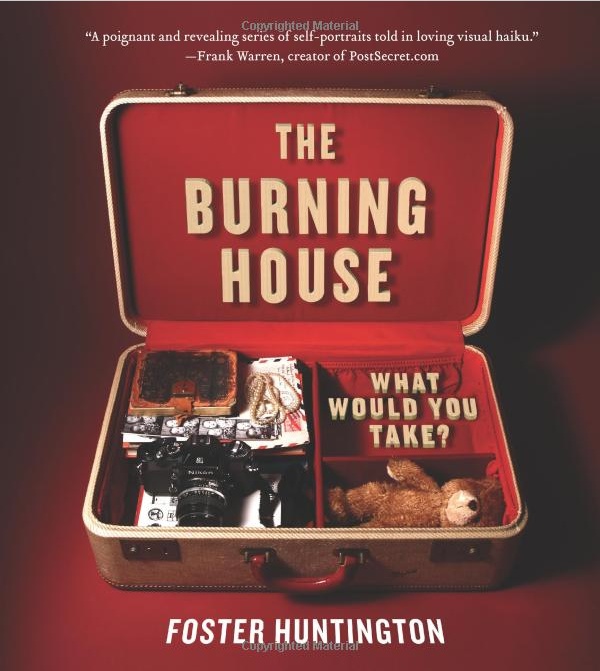
Click the image to go to Amazon. I get no click-through payment.
What a thought-provoking idea.
Assuming that loved ones – human and animal – are always the first priority, what would I take? You have to be able to carry it so not much can be chosen.
In no particular order:
Dr. Sabała.
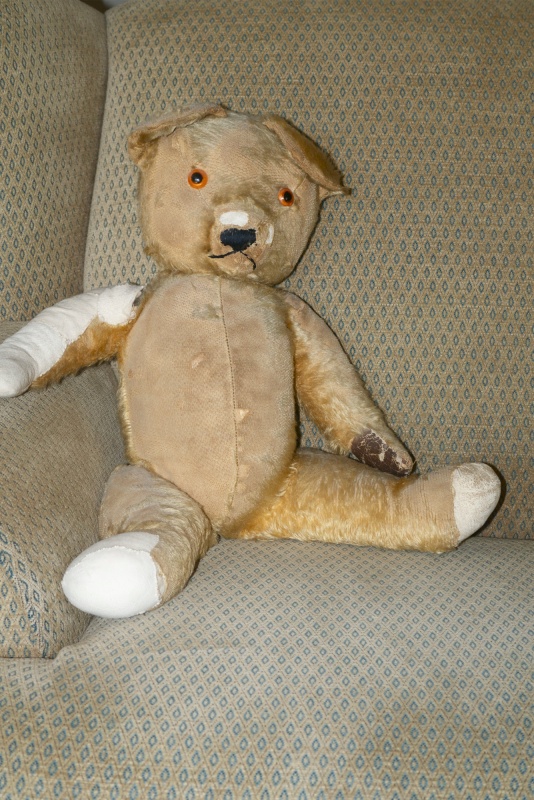
Dr. SabaÅ‚a (Sa-bow-aaah) is my first and only teddy bear, given to me by my maternal grandfather Dr. StanisÅ‚aw Wachowiak. Once the owner of the Robur coal mine in Poland and an owner and director of Bank Handlowy w Warszawie (Warsaw Trade Bank – it’s OK, bankers were honest back then), he managed to combine the skills of a Heidelberg trained economist and capitalist with those of an authority on Latin prose. No one quite knew where from his deep imagination Dr. S. got his name but he always reminds me of a skill set to aspire to. That of the donor. Smarter than most Poles (not exactly difficult) my grandfather saw the German threat coming and managed to extricate much of his wealth to Brazil where he died happy, wealthy and tanned at the age of 90. Dr. S. has had more than his share of restorative surgery but at age 60 he’s holding up pretty well.
Patek Philippe Golden Ellipse:

That same grandfather willed me his Patek Philippe pocket watch; sadly, my mum took it to a watchmaker to have it cleaned and he was coshed, and the watch stolen. This determined me to replace it some day, but that took a while as I was eleven at the time and had no wealth or inheritance. Twenty-nine years later, aged forty, I finally managed to complete the deal, a gift to self coinciding with partnership at a money management firm. I deserved both, the watch and the partnership, but it was still awfully difficult to blow so much coin on a piece of decorative art. But when you look at the sheer elegance of this mechanical masterpiece, no dials, no batteries, no buttons, you too would take it with you when your place was aflame, and hang the cost. This one says in the simplest way that if you want something it’s yours to be had.
Don Normark’s book:
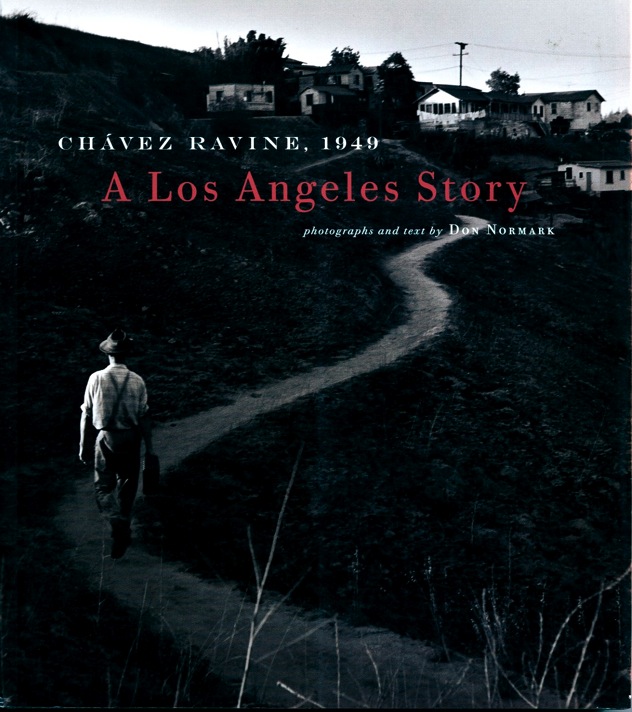
Click the picture.
The art book is the sole genre which will survive the tablet tsunami unless, that is, someone makes a 21″ tablet. I’ll be first in line. But books are bulky, the flames are licking at the shelves and I can only make space for one, so this wonderful, warm book of a time past is my choice. I wrote about it here.
My mum’s Remington:
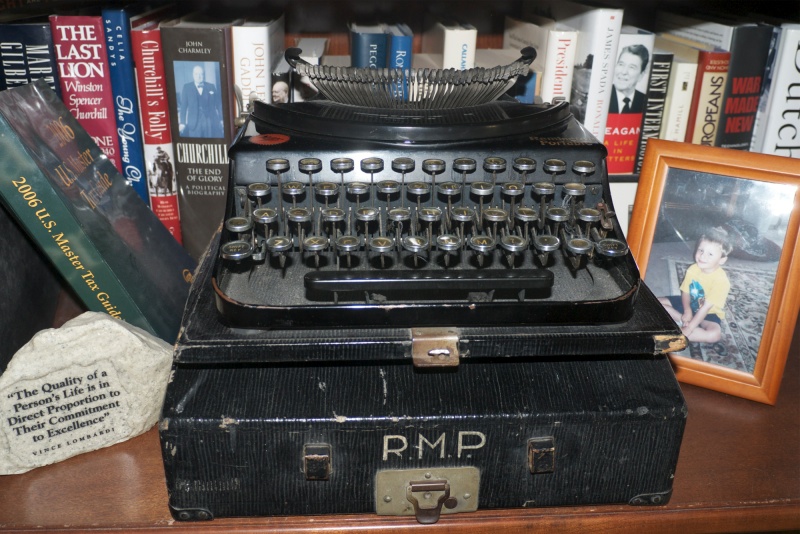
I typed my Mech. Eng. dissertation on this, UC London, class of 1973, and it remains a reminder of the magnificence of the mechanical age in which I was born. The output, of course, needed a lot of hacking as typewriters weren’t especially suited to mathematical notation. It remains an enduring reminder of the fact that you always make the best of what you have. Plus I love steam punk! (RMP – Renata Maria Pindelski).
50mm f/1.4 Nikkor S:
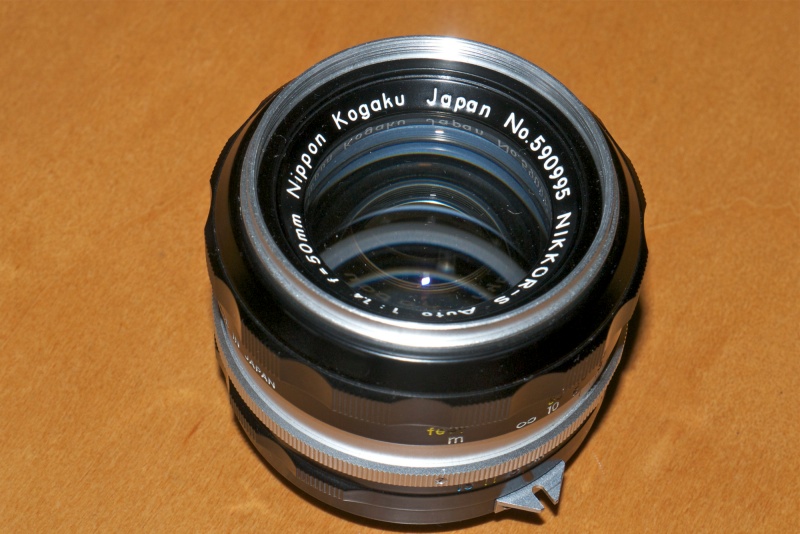
Easy. This gorgeous lens and the lovely images it creates is like the Patek. A reminder of a time when mechanical engineering and slide rules …. err, ruled.
Hewlett-Packard HP12C calculator:
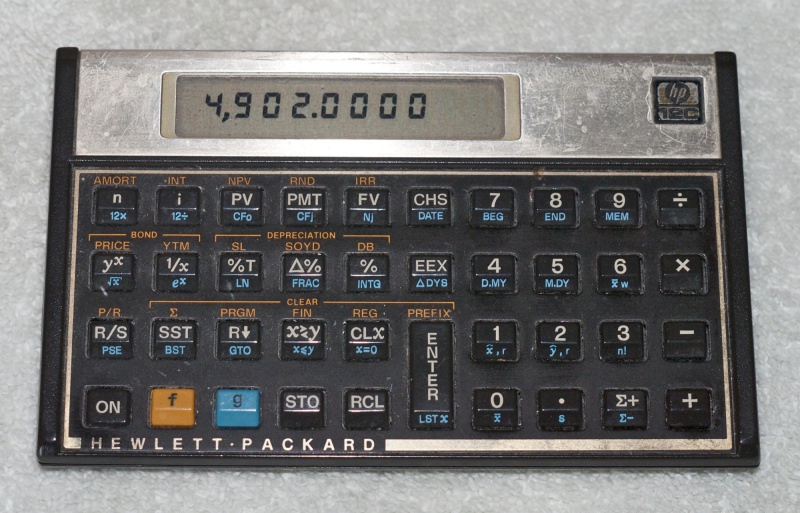
As the gorgeous Eva Green relates to 007 (Daniel Craig) in the latter’s first Bond movie, “There are dinner jackets and there are dinner jackets. This is a dinner jacket.” Well, same goes for calculators. This one dates from my days at Salomon Brothers and I learned bond math on it. Sure, there’s a modern, infinitely faster, version to be had for the iPhone, but it’s just not the same. And it won’t last 40+ years.
iPhone:
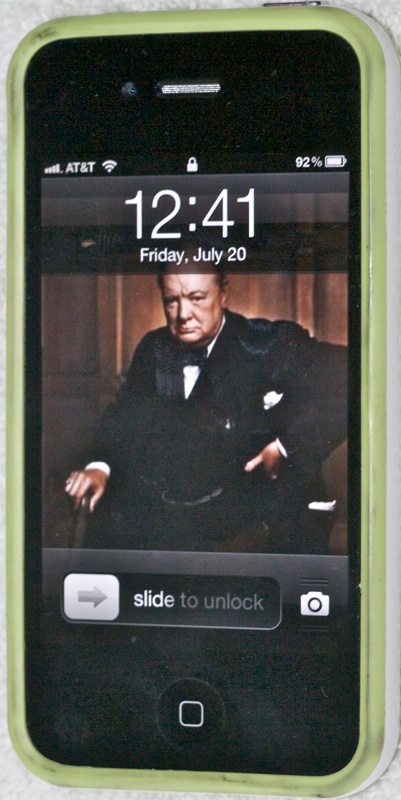
The greatest consumer technology of the 21st century yet. We named our son after the chap on the home screen.
Letter from Ron and Old Glory:
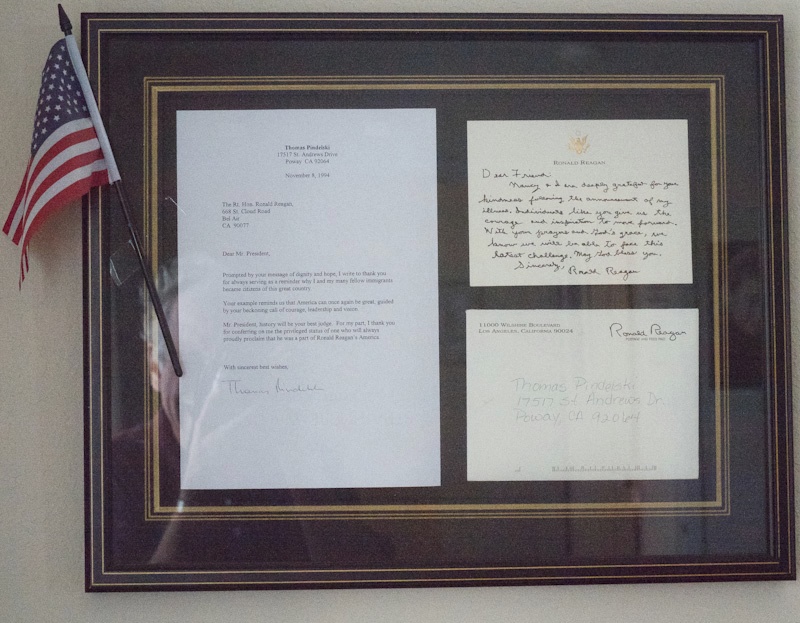
My interest in politics is zero. My interest in great leaders is substantial. When one man rights the world’s greatest nation while simultaneously defeating the greatest source of evil in modern times, I notice. When the great man announced his illness I dropped him a line and he graciously responded. Of course. The flag is the one I was given in the Los Angeles Coliseum, when, together with 2,000 other lucky immigrants, I took the oath to be a loyal American, June 9, 1988. After my son’s birth it remains the most special day in my life.
* * * * *
What, no cameras? Well there is always the one in the iPhone. But modern digital cameras leave me cold. Competent, supremely effective, soulless. I can always buy another body and lens. No pictures or hard drives with files? Nope. It’s all backed up in the cloud.
